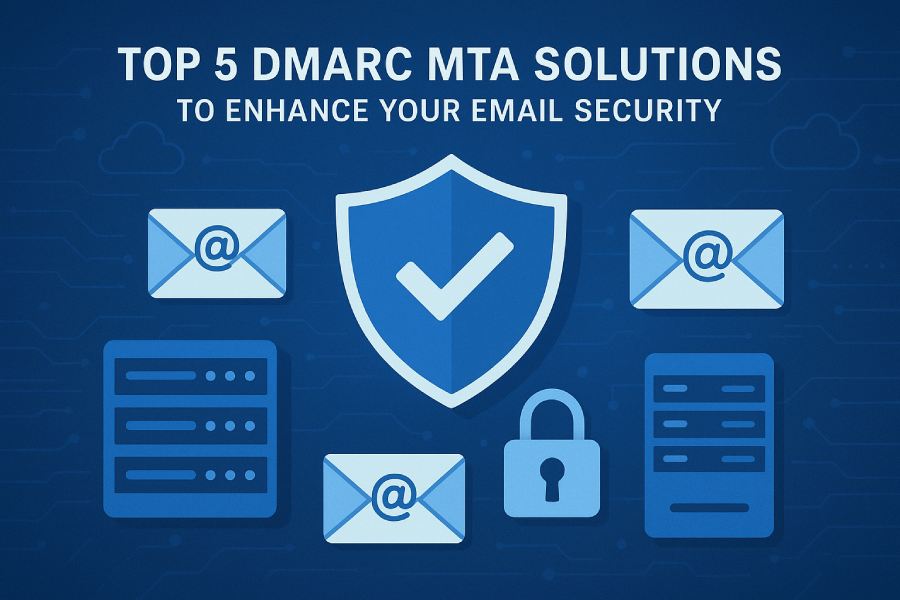Top 5 DMARC MTA Solutions to Enhance Your Email Security
In today’s threat-heavy digital environment, email continues to be the most exploited channel for phishing, spoofing, and business email compromise. Organizations need more than basic security filters to defend against these attacks. This is where DMARC (Domain-based Message Authentication, Reporting, and Conformance) comes in, working with SPF and DKIM to authenticate senders and block fraudulent messages. When combined with Mail Transfer Agent (MTA) solutions, DMARC ensures seamless policy enforcement, stronger email deliverability, and enhanced brand protection.
To help businesses choose the right tools, several vendors now offer robust DMARC MTA solutions designed to simplify deployment, automate reporting, and provide real-time threat intelligence. These platforms not only safeguard communications but also build recipient trust by ensuring that only legitimate emails reach inboxes. This article highlights the Top 5 DMARC MTA solutions that stand out for their ability to strengthen email security, streamline compliance, and protect organizations from evolving email-based threats.
Understanding DMARC and Its Role in Email Security
Domain-based Message Authentication, Reporting, and Conformance (DMARC) is a critical email security protocol designed to combat email spoofing and phishing attacks. By building on foundational email authentication methods such as SPF (Sender Policy Framework) and DKIM (Domain Keys Identified Mail), DMARC enhances email trust and domain alignment, allowing organizations to enforce policies that protect their brand and recipients from fraudulent messages. When an inbound email is received by a mail server, DMARC evaluates the email headers and DNS records relative to the sender’s SPF and DKIM configurations to determine the legitimacy of the message.
Email security protocols like DMARC reduce the risks associated with email phishing by specifying how receiving mail transfer agents (MTAs) handle messages that fail authentication, guiding them to either deliver, quarantine, or reject suspicious emails. This enforces email policy enforcement and supports brand protection by bolstering email fraud prevention efforts. Additionally, DMARC facilitates forensic reports and email analytics, providing threat intelligence that enables continuous email monitoring and improvement of email threat protection measures.
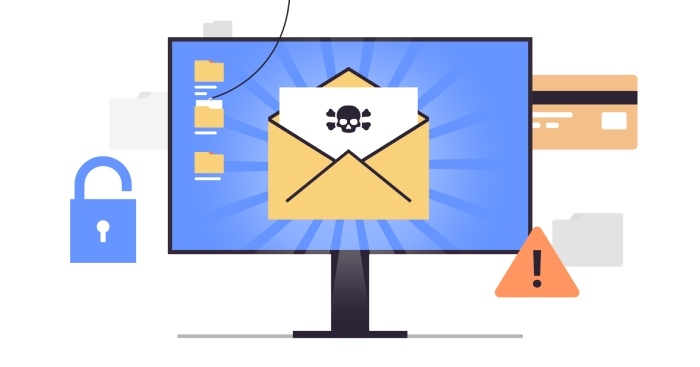
What is an MTA and How Does It Integrate with DMARC?
An MTA, or mail transfer agent, is a software application that transfers email messages from one mail server to another using email protocols such as SMTP (Simple Mail Transfer Protocol). MTAs play an essential role in both outbound and inbound email flows, ensuring email deliverability and compliance with organizational email policies.
Integrating DMARC with an MTA involves embedding the DMARC policy into DNS records and configuring the mail server to verify incoming emails against these policies. When a message arrives, the MTA inspects the email headers for SPF and DKIM alignment, cross-referencing them with the published DMARC policy to identify any email spoofing or unauthorized activity. MTAs equipped with advanced email filtering and email threat protection capabilities can enforce policies such as reject policy, quarantine policy, or none policy to treat suspicious emails appropriately, thereby preventing phishing attacks and improving email reputation.
Moreover, email gateways that incorporate DMARC allow for sophisticated email reporting and forensic reports to be generated, assisting administrators in analyzing attack patterns and refining domain-based message authentication mechanisms. This seamless integration between MTA functionalities and DMARC policies is crucial for upholding email security and ensuring adherence to email compliance standards.
Key Features to Look for in DMARC MTA Solutions
When evaluating DMARC MTA solutions, organizations should focus on the following key features to enhance their email security posture effectively:
- Comprehensive Email Authentication Support: The solution should fully support SPF, DKIM, and DMARC protocols, ensuring accurate policy alignment and domain alignment for robust email fraud prevention.
- Advanced Email Filtering and Anti-Spam Mechanisms: Integration of intelligent email filtering technologies that mitigate inbound email threats, including email phishing and spoofing attempts.
- Email Policy Enforcement and Quarantine Management: Flexible policy settings that allow implementation of quarantine, reject, or none policies with granular control over how suspicious emails are handled on the mail server.
- Email Monitoring and Threat Intelligence: Real-time email monitoring with detailed email headers analysis to identify malicious activities, accompanied by actionable threat intelligence data.
- Email Reporting and Forensic Analysis: Comprehensive dashboards and forensic reports provide visibility into outbound email flows, email deliverability, and potential abuse, aiding in continuous email security protocol optimization.
- Compatibility and Integration: Support for popular mail servers and services such as Microsoft Exchange Server, Google Workspace, Amazon SES, and SMTP AUTH to ensure effective deployment across various email infrastructures.
- Brand Protection and BIMI Support: Capabilities to enhance brand recognition through BIMI (Brand Indicators for Message Identification), improving email trust and recipient engagement.
- Scalability and Usability: User-friendly interfaces and automation features to simplify DNS record management and SPF/DKIM configuration at scale.

Overview of the Top 5 DMARC MTA Solutions on the Market
The market offers numerous DMARC MTA solutions tailored to different enterprise requirements. The following are among the top five industry-leading solutions renowned for their robust email security features and seamless MTA integration:
- Valimail: Recognized for its automated email authentication and analytics, Valimail emphasizes seamless DMARC implementation with real-time email threat protection and domain alignment enforcement.
- Proofpoint: A comprehensive email security gateway provider that merges anti-spam, email encryption, email filtering, and DMARC enforcement to safeguard organizations against email fraud and phishing threats.
- Agari: Specializing in email trust and brand protection, Agari offers sophisticated DMARC MTA integration with excellent forensic reporting and email reputation management capabilities.
- Mimecast: Provides a cloud-based email gateway solution that integrates DMARC and anti-spam features, offering extensive email monitoring and policy enforcement tools for inbound and outbound email security.
- Cisco Email Security: This robust enterprise mail transfer agent solution delivers advanced email threat protection, DMARC compliance enforcement, and email headers analysis to prevent fraud and improve deliverability.
In-Depth Review: Solution 1 – Valimail
Features
Valimail stands out as a premier DMARC MTA platform focusing on automation and easy deployment. Key features include:
- Automated SPF, DKIM, and DMARC Configuration: Valimail automatically manages DNS records, reducing configuration errors that might otherwise weaken email authentication.
- Real-Time Email Monitoring and Analytics: The platform provides detailed email headers analysis and email reporting, enabling security teams to detect anomalies indicating email spoofing or phishing campaigns.
- Flexible Email Policy Enforcement: Valimail supports the full spectrum of DMARC policies—none policy, quarantine policy, and reject policy—ensuring organizations can progressively enforce email compliance without disrupting legitimate email deliverability.
- Threat Intelligence Integration: With continuously updated threat intelligence, Valimail enhances email fraud prevention and email trust by identifying emerging threats and adapting policies accordingly.
- Seamless Integration with Popular Email Infrastructures: Valimail is compatible with Microsoft Exchange Server, Google Workspace, Amazon SES, and other SMTP-based mail servers, ensuring smooth integration in diverse environments.
- Brand Protection and BIMI Support: By supporting BIMI, Valimail helps organizations increase email engagement and improve brand recognition alongside protecting their domain from abuse.
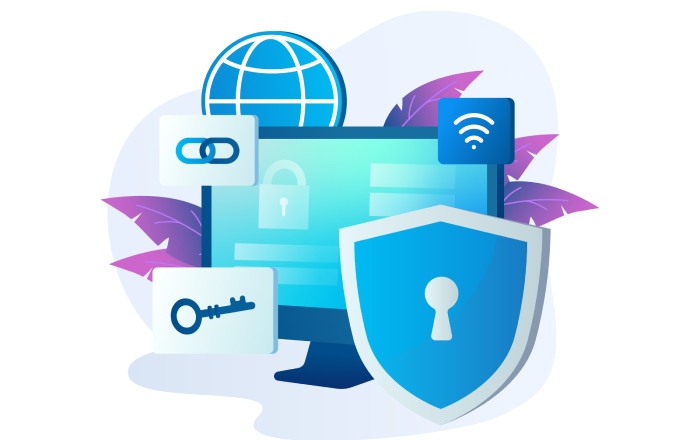
Pros
- User-Friendly Automation: Automating the often complex SPF, DKIM, and DMARC setup minimizes human error and simplifies deployment, especially beneficial for large enterprises with expansive email infrastructures.
- Comprehensive Email Analytics: Provides actionable insights through detailed email reporting, forensic reports, and email headers analysis, aiding in proactive threat detection.
- Robust Policy Alignment: Effective domain alignment enforcement significantly reduces the risk of email spoofing and phishing.
- Scalable and Flexible: Easily adapts to the growing needs of organizations, allowing incremental enforcement of DMARC policies.
Cons
- Cost Considerations: As a premium solution, Valimail may be priced higher than some alternatives, which could be a factor for budget-conscious organizations.
- Learning Curve for Non-Technical Users: Despite automation, complete understanding of email protocols and DNS management remains important, potentially requiring training.
In summary, Valimail represents a comprehensive DMARC MTA solution that automates and strengthens email authentication protocols, enhances email security posture through advanced policy enforcement, and supports brand protection initiatives effectively.
In-Depth Review: Solution 2 – Agari
Agari specializes in email security through advanced domain-based message authentication strategies, focusing extensively on combating email spoofing and phishing by leveraging DMARC enforcement combined with proprietary threat intelligence. Their solution integrates seamlessly with common mail transfer agents like Microsoft Exchange Server and Google Workspace, enhancing email authentication through robust SPF and DKIM policy management.
Features:
- Automated DMARC enforcement with clear email policy enforcement workflows
- Real-time email monitoring and forensic reports to detect anomalies in email headers
- Integration with email gateways such as Cisco Email Security and IBM’s Security.cloud for layered email threat protection
- Supports BIMI (Brand Indicators for Message Identification) to boost brand protection and email trust among recipients
- Comprehensive analytics and email reporting dashboards that track email deliverability and email reputation metrics

Pros:
- Strong focus on email fraud prevention and domain alignment ensures adherence to email protocols and reduces the risk of inbound email threats
- User-friendly interface with detailed email analytics for faster incident response
- Robust support for outbound email filtering policies, including quarantine, reject, and none policies for DMARC enforcement
Cons:
- Pricing might be on the higher side for small to medium enterprises
- Complexity in initial setup, requiring fine-tuning of DNS records and mail server configurations to maximize benefits
In-Depth Review: Solution 3 – Mimecast
Mimecast offers a complete email security platform, combining DMARC with advanced anti-spam, email encryption, and email filtering capabilities. It integrates well with major MTA solutions and focuses on comprehensive email threat protection and compliance requirements.
Features:
- End-to-end email security, including inbound email filtering and outbound email policy enforcement
- Detailed DMARC enforcement with domain alignment validation and sender policy framework (SPF) checks
- Email headers analysis and forensic reporting for increased transparency and remediation
- Supports policy customization: quarantine, reject, or none policies to reflect organizational risk posture
- Enhances email deliverability through continuous email reputation monitoring and SMTP AUTH support
Pros:
- Strong integration with Microsoft Exchange Server and cloud services like Google Workspace and Amazon SES
- Rich set of tools for email analytics, enabling organizations to detect and prevent email phishing campaigns
- Built-in compliance mechanisms support regulatory requirements
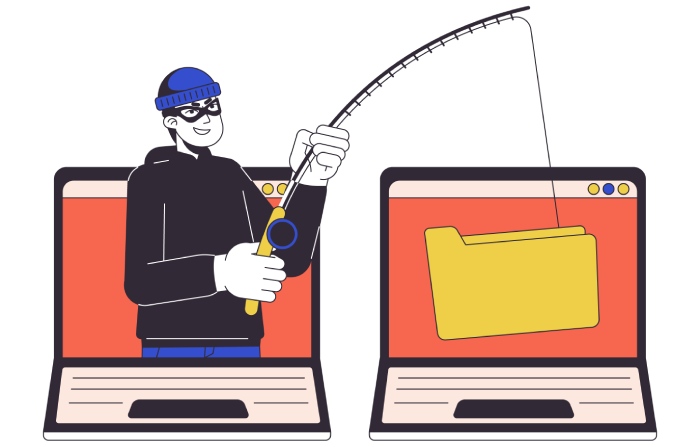
Cons:
- User interface can be complex, particularly for organizations less familiar with email security protocols
- Requires ongoing management for optimal email policy enforcement
In-Depth Review: Solution 4 – DMARCIAN
DMARCIAN is a specialized DMARC management platform focusing on simplifying the deployment and operation of DMARC, SPF, and DKIM for organizations of all sizes. It offers granular insights into domain alignment and email authentication status.
Features:
- Extensive email headers analysis to identify sources of email spoofing and domain-based forgery
- Automated recommendations for policy adjustments from none to quarantine or reject, enhancing email policy enforcement over time
- Interactive dashboards tracking email deliverability and email trust scores
- Seamless integration with multiple MTA and email gateways including Postmark and SendGrid
- Provides detailed forensic reports that support quick identification of email fraud attempts
Pros:
- Highly focused on email compliance and simple configuration of DNS records for SPF, DKIM, and DMARC
- Intuitive interface with guided workflows for new users
- Supports BIMI implementation for improved brand visibility
Cons:
- Some advanced threat intelligence features require higher-tier subscriptions
- Limited support for email encryption and outbound email filtering compared to broader security suites
In-Depth Review: Solution 5 – Valimail
Valimail’s platform leverages artificial intelligence to automate DMARC deployment and ongoing email policy enforcement, significantly reducing manual effort involved in email authentication management.
Features:
- AI-driven monitoring of outbound email from diverse mail servers, ensuring strict policy alignment across SMTP, SPF, and DKIM protocols
- Integration with email gateways like Barracuda Networks, Trend Micro Email Security, and cloud platforms such as Google Workspace and Amazon SES
- Real-time email reporting and forensic reports for comprehensive visibility into malicious email activities
- Robust email threat protection, including automated quarantine policy adjustments based on threat intelligence
- Supports email trust and brand protection by enforcing strict sender verification and domain alignment

Pros:
- Automation reduces complexity and human error in email authentication management
- Supports large enterprise environments with complex email infrastructure
- Enhances email deliverability by mitigating false positives in anti-spam and email filtering
Cons:
- May require technical expertise during initial setup to synchronize with existing MTA and outbound email systems
- Pricing tailored towards enterprise users may be less accessible for smaller organizations
Best Practices for Implementing DMARC with Your Chosen MTA Solution
Implementing DMARC successfully requires a strategic approach that aligns with the underlying mail transfer agent and organizational email infrastructure. The following best practices ensure optimal usage of DMARC to enhance email security and deliverability.
- Assess Your Email Infrastructure – Identify all legitimate outbound email sources (like SendGrid, Postmark, or Microsoft Exchange) and configure SPF and DKIM correctly in DNS to ensure domain alignment.
- Start with a None Policy – Begin with a monitoring-only policy to collect reports and analyze legitimate traffic before enforcing stricter DMARC settings.
- Gradually Move to Quarantine and Reject – Based on monitoring insights, carefully transition from none → quarantine → reject to strengthen authentication without risking deliverability.
- Leverage BIMI and Brand Protection – Use BIMI alongside DMARC to display verified brand logos in inboxes, improving trust and reducing fraud.
- Regular Monitoring and Policy Updates – Continuously analyze reports, check headers for compliance, and update policies as threats evolve to maintain strong protection.
FAQs
What is DMARC and why is it important for email security?
DMARC (Domain-based Message Authentication, Reporting & Conformance) is an email authentication protocol that helps prevent email spoofing and phishing by verifying the sender’s domain using SPF and DKIM alignment. It protects email recipients from fraudulent messages and improves brand protection and email trust.
How do SPF and DKIM complement DMARC in email authentication?
SPF (Sender Policy Framework) specifies which mail servers can send emails on behalf of a domain, while DKIM (Domain Keys Identified Mail) attaches cryptographic signatures to emails. DMARC builds on these by enforcing policies based on SPF and DKIM results, improving domain-based message authentication and preventing email fraud.
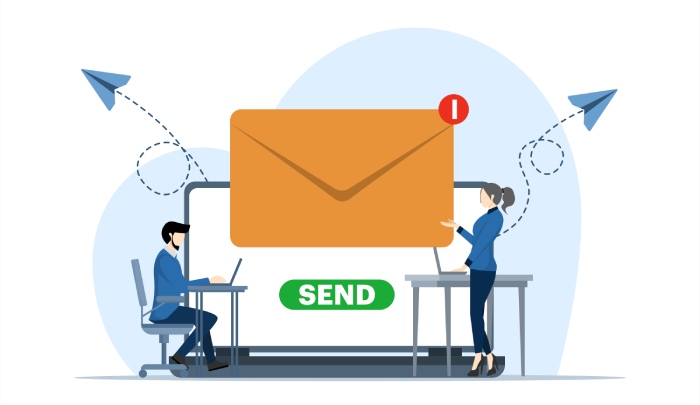
Can DMARC impact email deliverability if not implemented correctly?
Yes, improper DMARC implementation, especially with strict reject policies, may cause legitimate emails to be blocked or quarantined if SPF and DKIM configurations are incorrect or incomplete. Gradual policy enforcement and thorough email headers analysis help prevent disruptions in email deliverability.
What role do mail transfer agents (MTAs) play in DMARC deployment?
MTAs are responsible for sending and receiving email messages through SMTP. Proper configuration of MTAs, including settings for SPF, DKIM signing, and SMTP AUTH, is essential to ensure email authentication aligns with DMARC policies and that both outbound and inbound email comply with domain alignment requirements.
How do Email Security solutions like Valimail and Agari assist in DMARC management?
Solutions like Valimail and Agari automate DMARC deployment, monitor email threats, provide forensic reports, and enforce email policy compliance across diverse mail servers. They utilize threat intelligence and email analytics to streamline email fraud prevention and enhance overall email security posture.
What is BIMI and how does it work with DMARC?
BIMI (Brand Indicators for Message Identification) displays brand logos in authenticated emails to improve recipient trust. It requires a strong DMARC policy enforcement to ensure only verified emails display the brand logo, thereby reinforcing brand protection and email reputation.
Key Takeaways
- Implementing DMARC with SPF and DKIM is critical for preventing email spoofing and phishing attacks while enhancing email deliverability and brand protection.
- Selecting a DMARC solution that integrates well with your MTA and email infrastructure optimizes email policy enforcement and monitoring capabilities.
- Gradual policy enforcement from none to reject, coupled with detailed email headers analysis, forensic reporting, and threat intelligence integration, ensures smooth deployment and robust email fraud prevention.
- Complementary email security protocols, such as email encryption, anti-spam, and BIMI, amplify the benefits of DMARC and improve overall email trust.
- Continuous email analytics and policy updates are essential to maintain compliance and address evolving email threats effectively.

